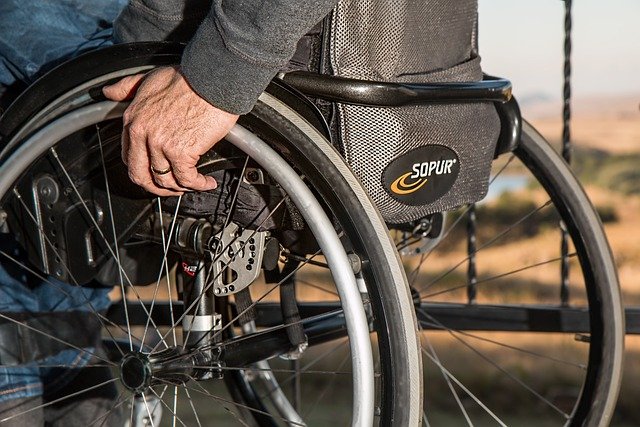Wheelchairs are essential tools that restore independence and participation for people who have difficulty walking. They range from lightweight manual chairs to sophisticated power wheelchair systems, and selecting the right option depends on a person’s mobility needs, health conditions, daily routine, and environment. Understanding wheelchair types and features helps users, caregivers, and clinicians make informed choices about function, comfort, and long-term use.
This article is for informational purposes only and should not be considered medical advice. Please consult a qualified healthcare professional for personalized guidance and treatment. A wheelchair is a seated mobility device designed to assist people who cannot walk or who tire easily when walking. Users include people with spinal cord injuries, neuromuscular conditions, arthritis, balance disorders, or temporary impairments from injury or surgery. Wheelchairs are not one-size-fits-all: manual chairs, transport chairs, and power wheelchair models vary in frame materials, seat widths, and adjustability to meet distinct physical and lifestyle requirements. Proper assessment by a rehabilitation professional can help determine the most appropriate type.

How do wheelchairs improve mobility?
Wheelchairs increase mobility by enabling users to move independently or with assistance, extending access to education, work, and social activities. Manual wheelchairs require upper-body strength or caregiver push, while power wheelchairs use batteries and motors for users with limited strength. Design choices such as wheel size, caster placement, and seat height influence maneuverability indoors and outdoors. Accessories—like cushions, footrests, and anti-tippers—further enhance comfort and function, helping users maintain posture and reduce the risk of skin breakdown during prolonged sitting.
How do wheelchairs support people with disability?
Wheelchairs address functional limitations associated with disability by providing stable seating, pressure relief, and positioning support. For many users, seating systems are customized to manage pelvic alignment, spinal curvature, and pressure distribution, which can reduce pain and secondary complications. Beyond physical benefits, wheelchairs often have psychosocial impact: improved independence can increase participation in community life and promote dignity. Collaboration among users, occupational therapists, and physiotherapists ensures equipment matches individual goals and abilities.
Is a wheelchair considered medical equipment?
Yes, wheelchairs are classified as medical equipment when prescribed for mobility needs related to health conditions. They often fall under durable medical equipment (DME) categories for insurers and healthcare systems. Documentation from a healthcare provider typically specifies medical necessity and recommended features. Proper maintenance, periodic adjustments, and professional seating assessments are part of responsible use to ensure safety and longevity. Users should verify warranty, service options, and compatibility with transport systems like vehicle securement.
When should you choose a power wheelchair?
A power wheelchair is usually recommended when a user cannot propel a manual chair safely or for long distances, or when upper-body fatigue limits independence. Power wheelchairs provide greater access to varied terrains and can include advanced controls such as joystick, sip-and-puff, or head switches for users with limited voluntary movement. Considerations include battery range, turning radius, transportability, and indoor versus outdoor use. Training in driving skills and awareness of local accessibility standards improves safe operation and maximizes benefits.
Wheelchairs come with ongoing responsibilities beyond selection: regular maintenance, correct seating, and attention to skin integrity and pressure management. Users and caregivers should inspect tires, batteries (for power chairs), brakes, and frame integrity periodically. Pressure-relieving cushions and scheduled repositioning are essential to prevent pressure injuries. When a user’s condition changes, reevaluation ensures the wheelchair continues to meet functional and comfort needs.
Conclusion
Wheelchairs play a central role in restoring independence and enabling participation for people with mobility limitations. Choosing the right wheelchair involves evaluating health status, daily activities, environment, and long-term needs, often with input from rehabilitation professionals. Whether manual or power-driven, well-fitted equipment combined with proper maintenance and training supports safer mobility and a higher quality of life.




